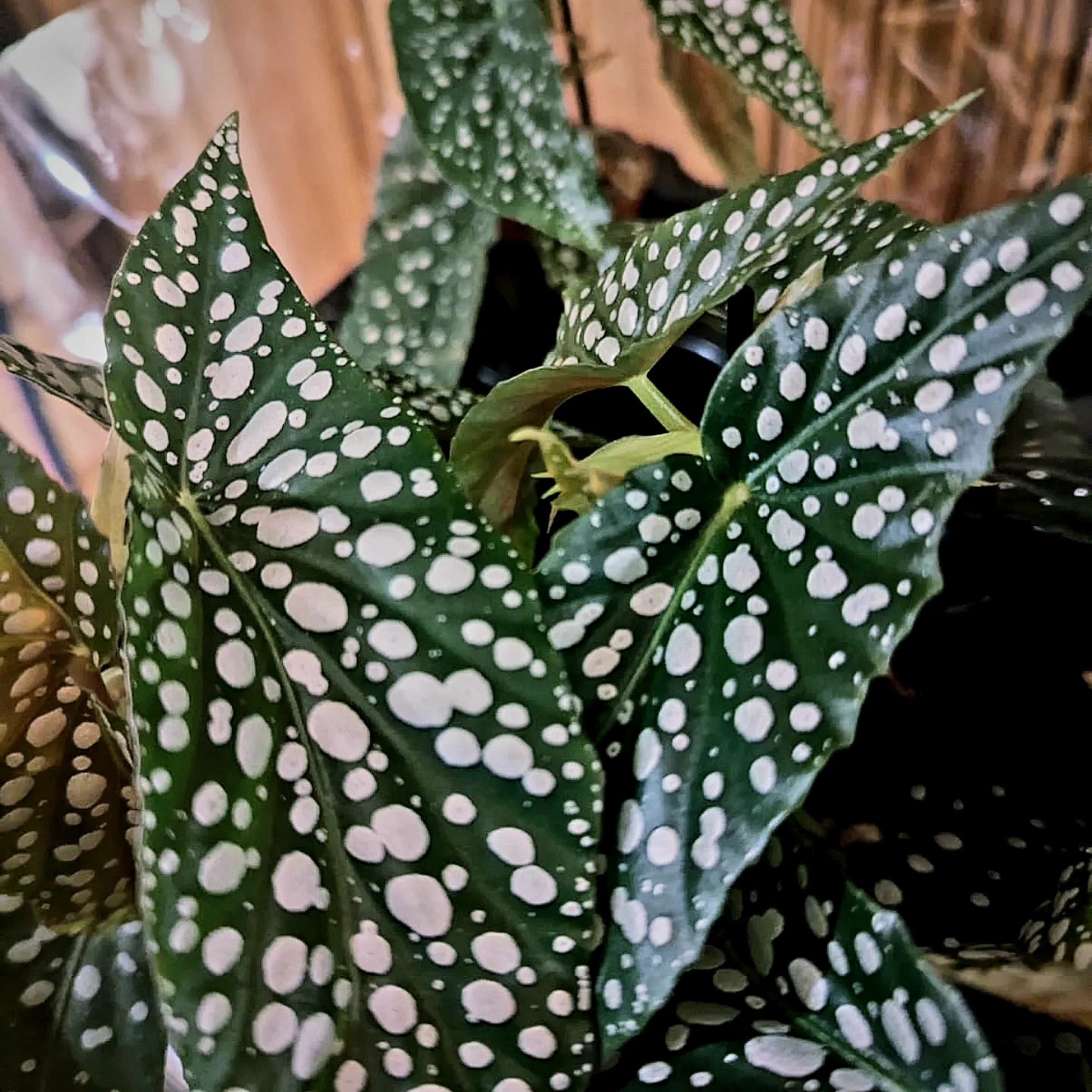The majority of our houseplants are native to either tropical rainforests or arid desert regions, so a little extra attention may need to be paid to the temperature and humidity of their environments. Tropical foliage plants, such as Calathea, Alocasia, Dieffenbachia and Monstera, may suffer if allowed to get too cold. If these plants are allowed to go below 15°C , they may show signs of damage from the cold, including yellow leaves or leaf loss. Due to the colder nights in their natural habitat, many desert plants can tolerate cooler temperatures, but will need to be kept very dry. Among the most cold-tolerant houseplants are Aspidistra, Chamaedorea palms, spider plants, English ivy, Yucca, Hoya linearis and most cacti.
As you might imagine, tropical plants thrive in humid spaces with plenty of moisture in the air. These plants are perfectly suited for kitchens and bathrooms, and humidity can be increased by misting plants or placing them on trays of wet pebbles and leca so that the water can evaporate. Plants naturally release water through pores on their leaves in a process called transpiration, and grouping plants together allows them to take advantage of this extra moisture in the air, creating an extra-humid microclimate. Desert plants do not require any extra humidity due to their arid habitats, and will not want to be misted.






1 comment
Hi,
It’s incredibly hot and dry in Australia.
Are there certain plants I should avoid in this environment?